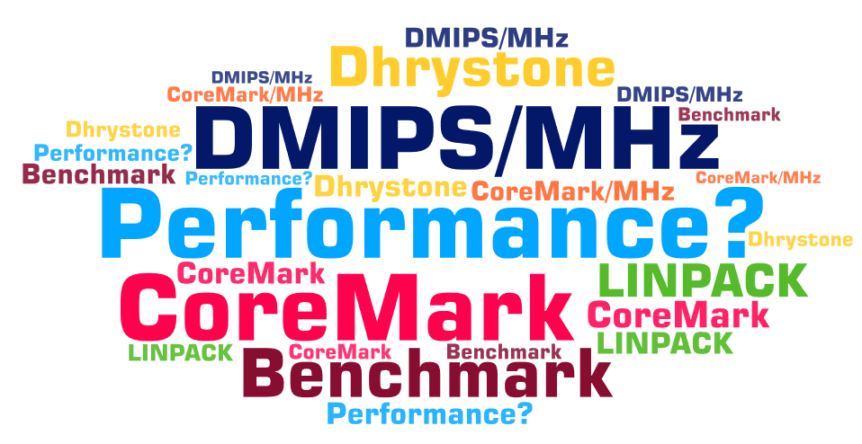
This blog was originally published on the Codasip blog. Looking at any processor IP, you will find that their vendors emphasise PPA (performance, power & area) numbers. In theory, they should provide a level playing field for comparing different processor IP cores, but in reality, the situation is more complex. Let us consider performance. The first thing to think about is what aspect of performance you care about. Do you care more about the absolute throughput that you want (performance per second), or the performance per MHz? In an application such as machine vision, which is continuously running and requiring the use of complex algorithms, it is likely that you will care about the absolute throughput. However, if you have a wireless sensor node with a low duty cycle, when the node wakes up, you will want it to be active for as few clock cycles as possible. This means you will care about how much computation you achieve per MHz. About 40 years ago, computers were compared on the basis of MIPS (millions of instructions per second) although the problem is – what is an instruction? Instructions vary considerably in complexity and from one architecture to another, thus an operation will generally require less cycles in a CISC processor than a RISC one. MIPS were only helpful when comparing products with similar architectures and were called “meaningless indices of performance” by some! Another thing to think about is the type of computation that you expect to care most about. Is it integer operations – and if so, which ones – or, say, floating point computations? In the past, MFLOPS (million floating point operations per second) was a popular measure. But again, what is an ‘operation’? Today, synthetic benchmarks are universally used with processor IP cores. They have the following characteristics:
- They are relatively small and portable,
- They are representative of commonly used relevant applications,
- They are reproducible and transparent,
- They can be applied to a range of processors fairly,
- They express the benchmark result as a single number.